Fresh Batch #43: Early Etruscan Sites
Embark on a Journey Through the Garden of Europe
Luni sul Mignone, or Luni on the Mignone River in the Lazio region, is one of the oldest Etruscan sites remaining before consolidation of the villages and population growth stopped in the final bronze age, when their abandonment corresponds to the birth of the states of the early Iron Age.



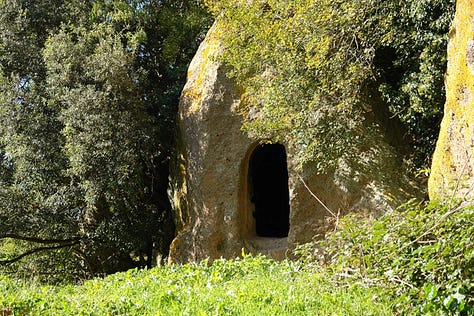





The following reminds me of an earlier technique found at Petra. Could it be that these architectural carvings were once groves to hold wooden structures in place? That way if the would broke down, they’d be able to rebuild it without all the going through the technical motions at the beginning of the process?
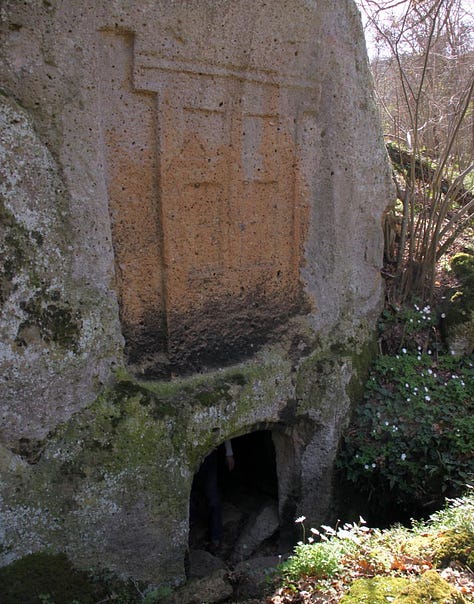
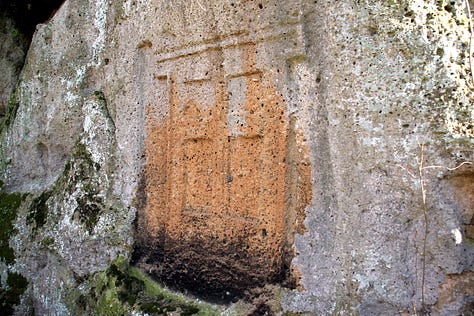

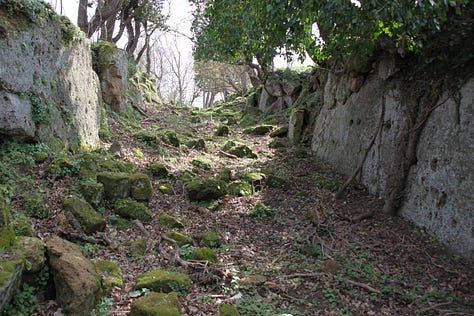


You’ll see the same type of carvings at Parco Marturanum. These are in the same area. The hike and photos can also be found here: Terza Mola – Fiume Biedano loop from Barbarano Romano.

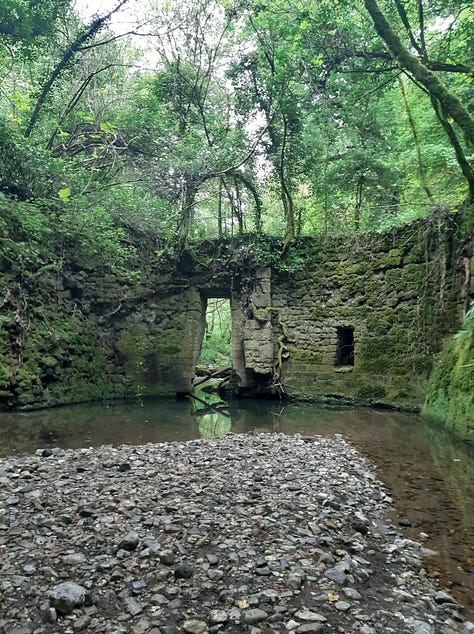




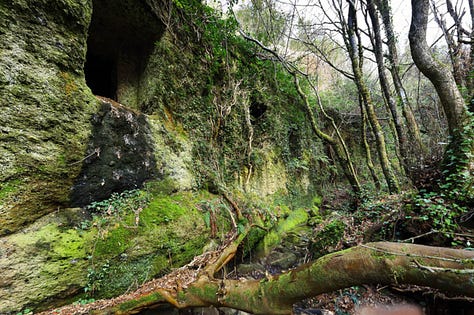
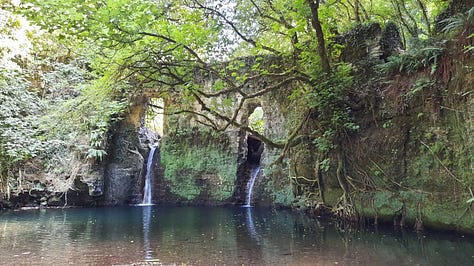

Continuing on the hike, you’ll see things like this:


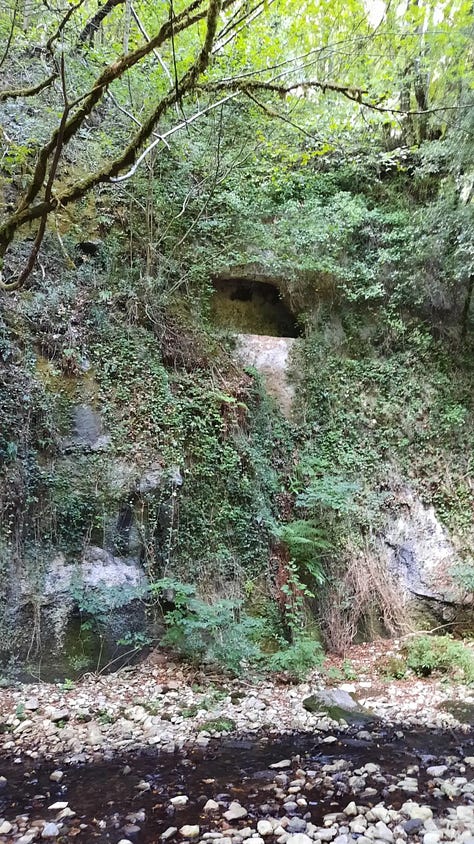





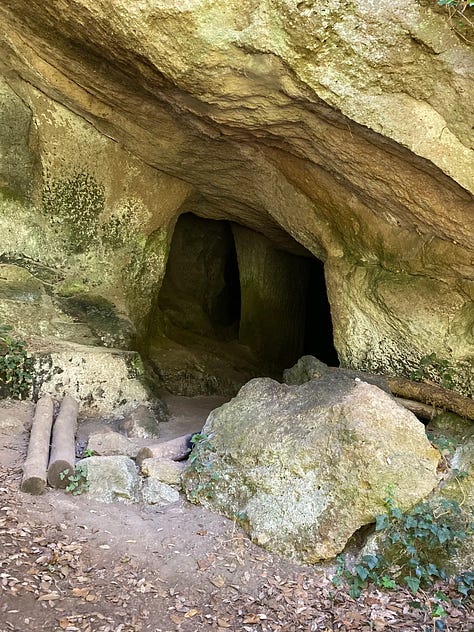

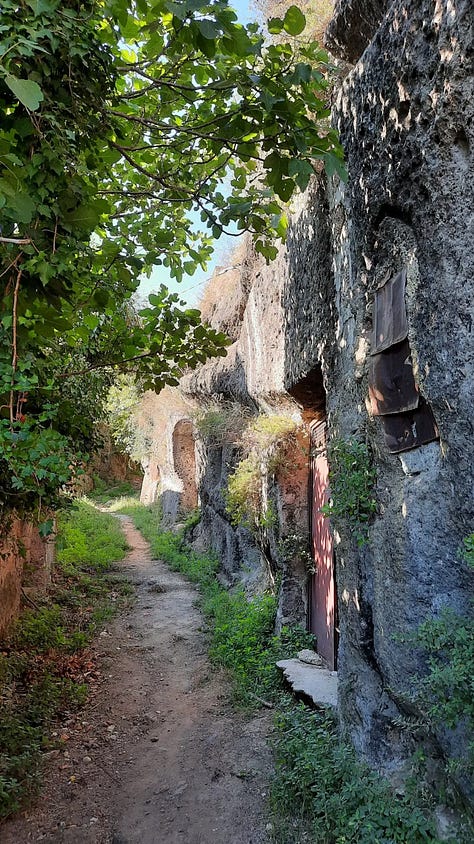


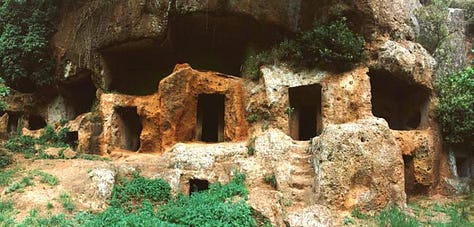

Further north is Genoa, in the Liguria region, which begins in the east at Luni. Apparently the origins of the name Liguria are unknown, but I’d submit to you that it was Etruscan, and the reason the Genoese empire, when it was the commonwealth of Italy, had all the trade routes of the Etrusco-Phoenicians because they’re the same culture, system, people, etc. According to Wiki, Luna was the frontier town of Etruria, on the left bank of the river Macra (now Magra), the boundary in imperial times between Etruria and Liguria.[3] When the Romans first appeared in these parts, Etruscans and the Ligurians were already in possession of the territory.[4]
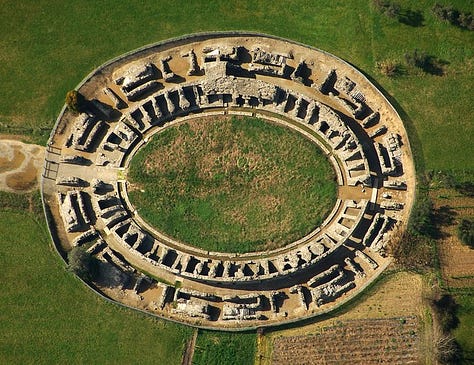

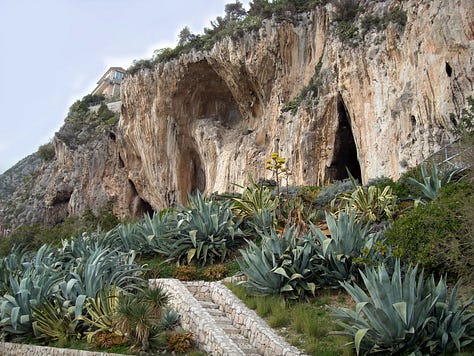



I don’t subscribe to the ability to accurately date things, but that’s not the point of this article. I just want to make that known so it doesn’t come across like these are my claims.
There is another thing that is worth observing, but it also may be nothing. Ponte Taro has signs of old dwellings called fondi di capanna, which are basically huts built over foundations.
I couldn’t help but notice similar patterns to the “cup & ring art” found in other places the Celtæ have occupied.
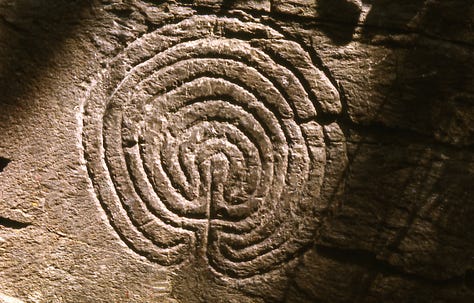

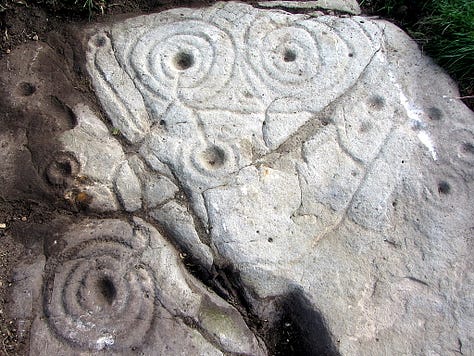
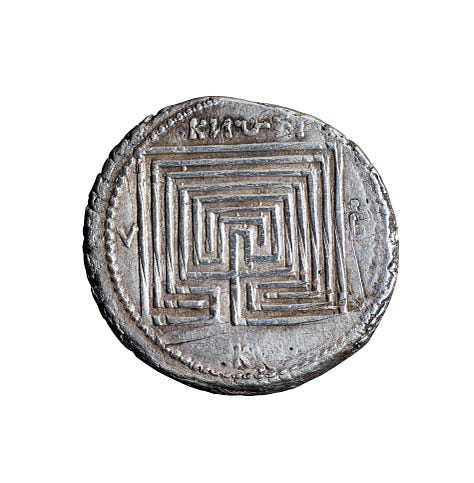

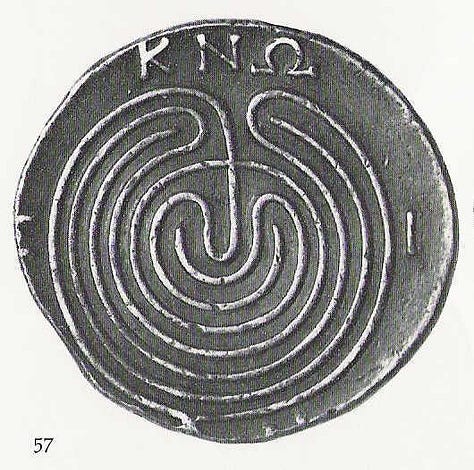
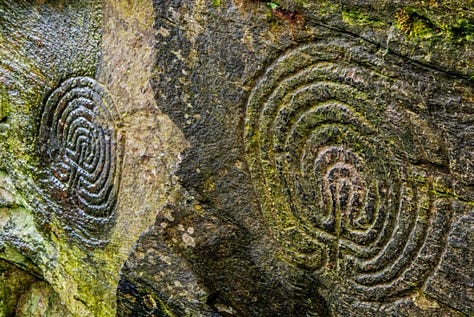
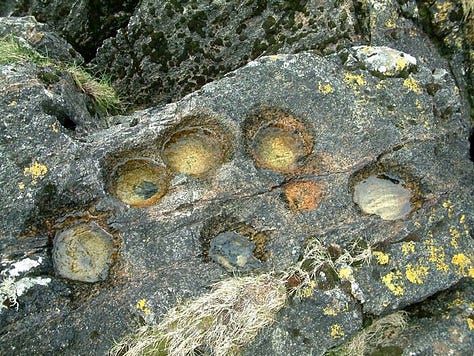

Obviously, these patterns are not necessarily serving as foundations for structures. Some are likely for reckoning, accounting, marking territory, or even food preparation. However, whether they’re used for construction in any capacity or for other purposes, we may discover a form of diffusion should one culture have taught another how to carve into stone like this, as tools of a certain hardness are required.
For those who are interested in learning about the diffusion that the Celtic-Etrusco-Phoenicians have spread around the world, as well as your ancient heritage, dive into The Holy Sailors (click the image).
The rest of this article is extensive. Become a member to access the rest of it.
Keep reading with a 7-day free trial
Subscribe to Ancient History, Mythology, & Epic Fantasy to keep reading this post and get 7 days of free access to the full post archives.






